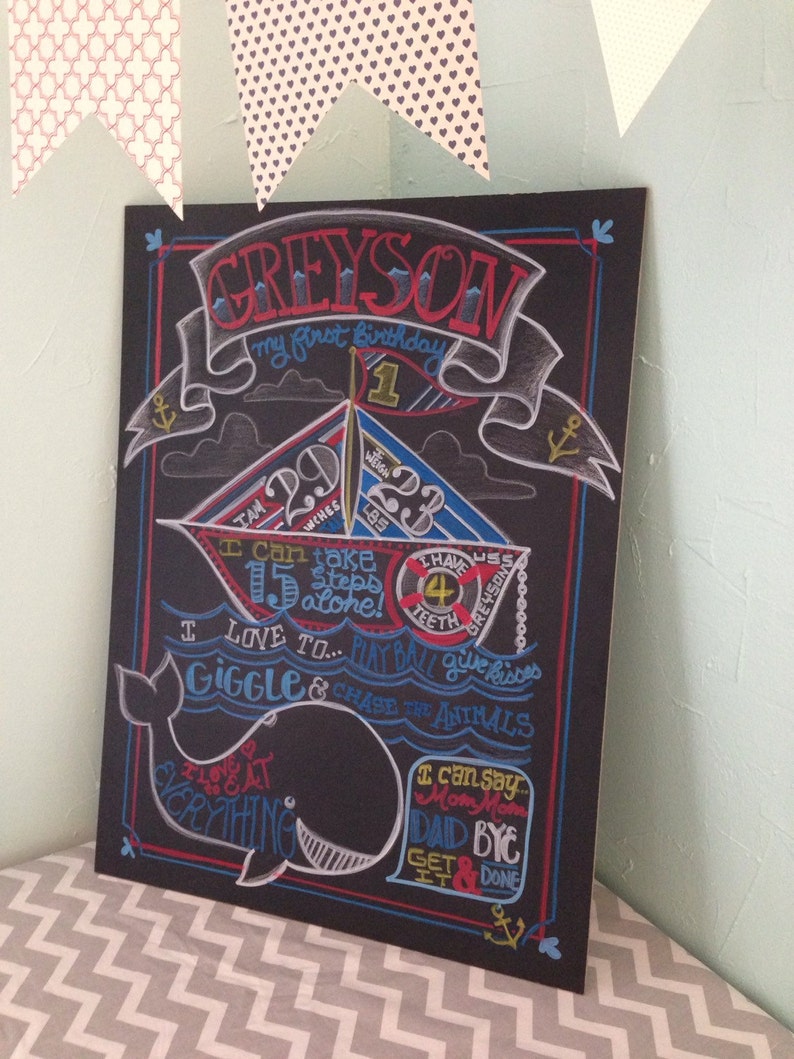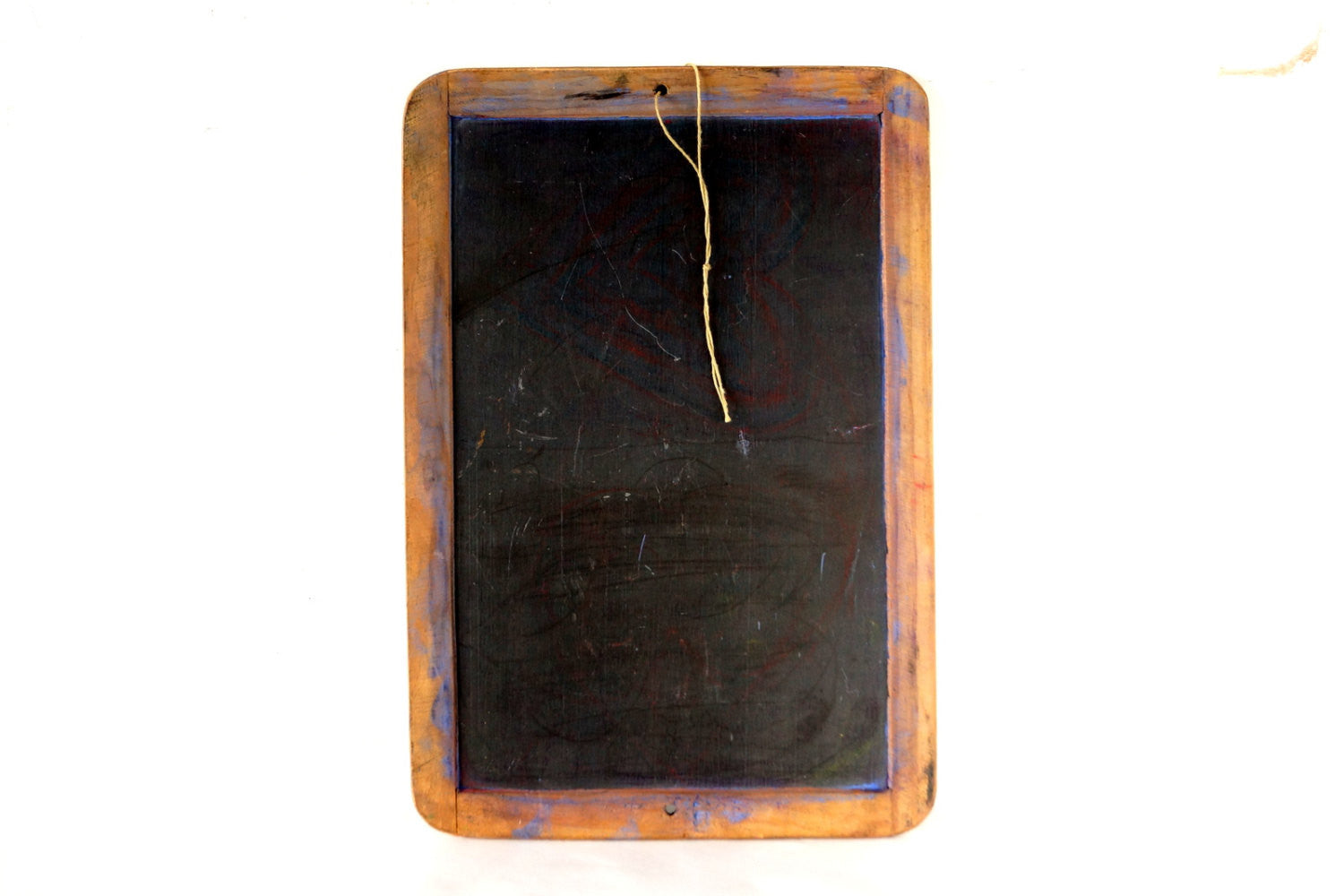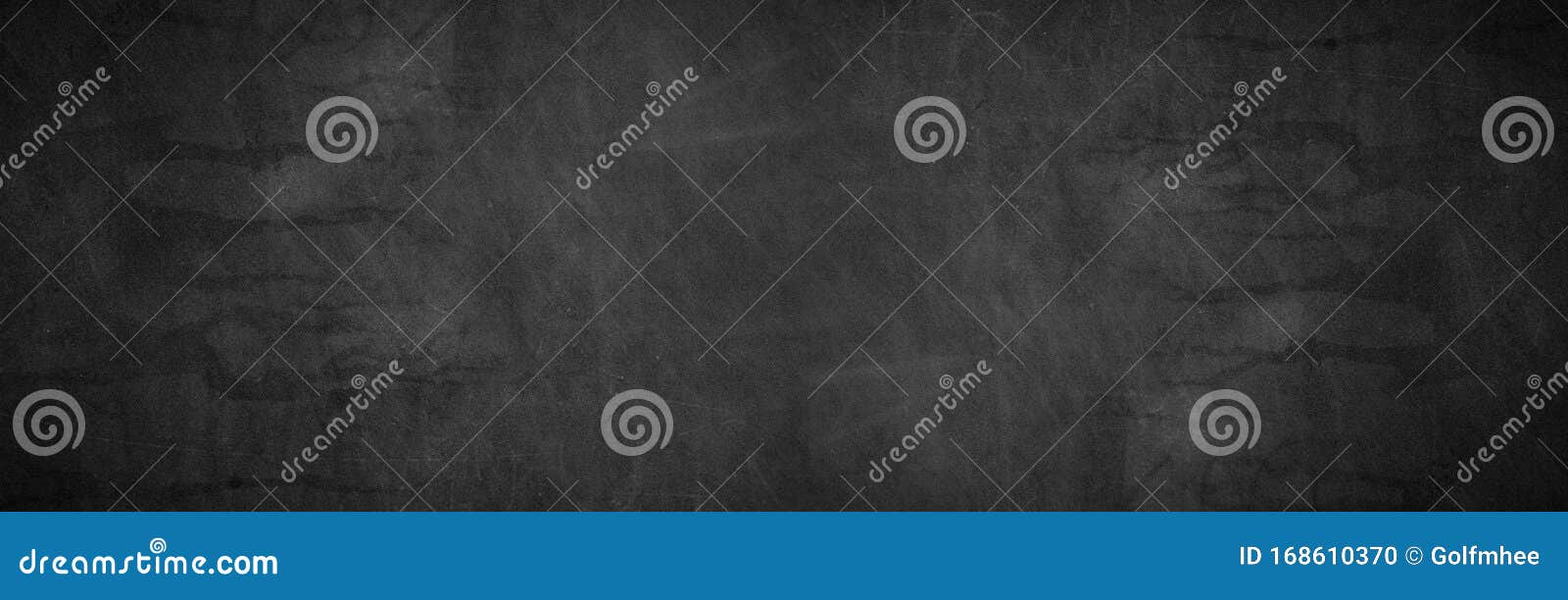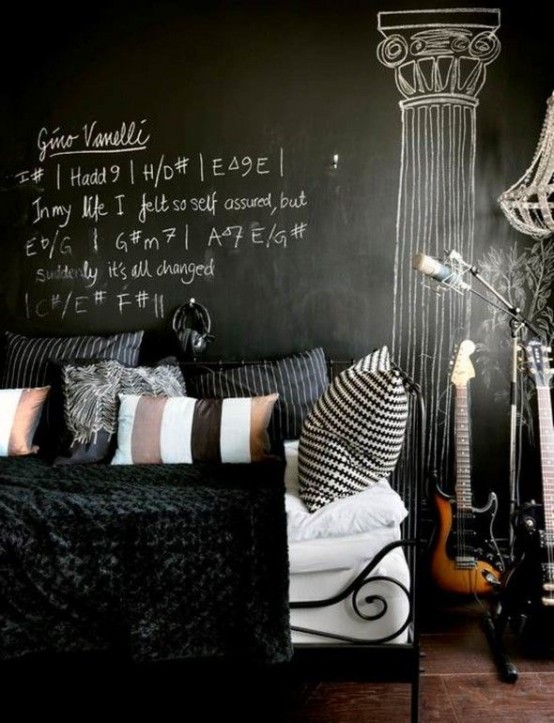
This makes it easier to use Appearance panel for the following steps.įrom the pop-up menu of the Appearance panel, choose Add New Stroke and change the stroke color to white. After you have your text, remove the fill and stroke color. I’m using Vitesse Book for my text, but you can use whatever. With the Type tool (T), type out some text and choose a font. Once you have these settings, select your Paintbrush tool (B) and draw some erratic overlapping paths on the chalkboard vector.


In the Bristle Brush Options dialog, make these changes: If you have CS5, start by pressing the New Brush button at the bottom of the Brush panel and choose New Bristle Brush from the dialog. As an alternative, you can use some of the watercolor art brushes I created a while back. If you are still not on CS5 you won’t be able to create this step like in the tutorial. We are almost done with the chalkboard vector background texture, but let’s add a little more depth with a Bristle Brush. Fill the texture with white, set the Blending mode to Overlay and set the Opacity to 10 from the Transparency panel. Open the file, Copy (Command + C) the big concrete texture, and Paste (Command + V) it over your green gradient.
A REAL CHALKBOARD DOWNLOAD
Next, expand the gray fill item in the Appearance panel, click the Opacity item, and change the Blending mode to Multiply.įor this step, you need to download the Vector-Mill-Sample.ai file. In the Grain dialog, change the Intensity to 60, the Contrast to 50, and the Grain type to Sprinkles. With the new gray fill item selected in the Appearance panel, go Effect > Texture > Grain. With the rectangle still selected, open the pop-up menu of the Appearance panel, and choose Add New Fill. This will be our chalkboard vector background.įill the new rectangle with a radial gradient, change the first color stop in the gradient to a green color, and the second color stop to a darker green color.
A REAL CHALKBOARD HOW TO
I thought I was going to have to send it back, and get a plan B in place for my entry wall, because I was struggling with getting the “ghost,” shadow of a chalk marker off of the board.In this tutorial I’ll show you how to create a chalkboard vector with some gradients, a bristle brush, and some freebies from Vector Mill! The tutorial is relatively simple and can be applied to many other Illustrator projects.īelow is the final chalkboard vector we will be shooting for. I don’t get it? I have 2 or 3 other chalkboards, and the chalk marker simply wipes off, with a wet rag.īut with the chalkboard in my entry, from Restoration Hardware? Forget it.

With this, has come a “ pain in the rear,” process, of trying to figure out how to remove chalk marker from a chalkboard. As you know, I love to decorate my chalkboard for each holiday or season that is approaching.

I’ve been doing some testing over the last few months trying to find out how to clean my chalkboard. How to remove chalk marker off of a chalkboard: After trying SO many different things, this is what finally worked! (It only takes two things!)


 0 kommentar(er)
0 kommentar(er)
